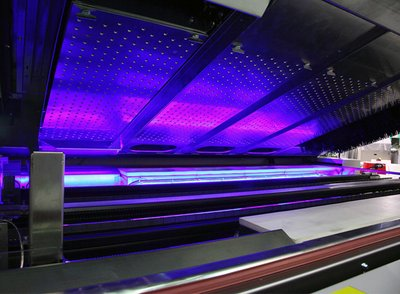Setting of temperature parameters for lead-free eight temperature zone reflow soldering
Release time:2024-05-14Publisher:Jeenoce
In the PCBA processing, reflow soldering is an important step with high process difficulty. It is a group soldering process that completes all electronic components on the PCB circuit board in one go through overall heating. This process requires experienced operators to control the furnace temperature curve of reflow soldering, ensure welding quality, and ensure the quality and reliability of the final product. At present, most of the reflow soldering equipment used in the market is lead-free eight temperature zone reflow soldering. JEENOCE explains how to set temperature parameters through lead-free eight temperature zone reflow soldering.
The reflow soldering of the upper and lower eight temperature zones is currently the standard lead-free eight temperature zone reflow soldering. The temperature settings of each temperature zone are mainly related to the solder paste and the product being soldered, and the role of each zone is quite important. Generally, the first and second zones are used as preheating zones, the third and fourth zones are constant temperature zones, and the sixth, seventh, and eighth zones are used as welding zones (most importantly, these three zones). The eighth zone can also be used as an auxiliary cooling zone, as well as a cooling zone. These are the key temperature parameter settings for lead-free eight temperature zone reflow soldering.

Explanation of temperature parameters for lead-free eight temperature zone reflow soldering
1. Preheating zone: The temperature ranges from room temperature to 150 ℃, and the rate of temperature rise is controlled at around 2 ℃/s. The duration of this temperature zone is 60-150 seconds.
2. Average temperature zone: The temperature ranges from 150 ℃ to 200 ℃, steadily and slowly increasing, with a temperature rise rate of less than 1 ℃/s, and the time in this area is controlled within 60-120 seconds (note: this area must be heated slowly, otherwise it may lead to poor welding).
3. Reflux zone: The temperature ranges from 217 ℃ to Tmax to 217 ℃, and the entire interval time is controlled within 60 to 90 seconds.
4. If BGA is present, the maximum temperature should be maintained within 240 to 260 degrees Celsius for approximately 40 seconds.
5. Cooling zone: The temperature ranges from Tmax to 180 ℃, and the maximum rate of temperature decrease cannot exceed 4 ℃/s.
6. The time for the temperature to rise from room temperature of 25 ℃ to 250 ℃ should not exceed 6 minutes.
7. The reflow soldering curve is only the recommended value, and the client needs to make corresponding adjustments according to the actual production situation.
8. The reflux time is set at 30-90 seconds. For some boards with large heat capacity that cannot meet the time requirements, the reflux time can be extended to 120 seconds.

